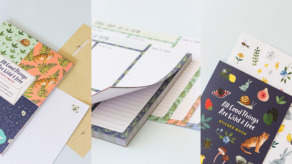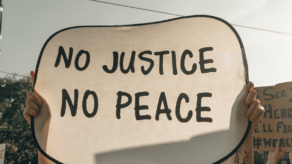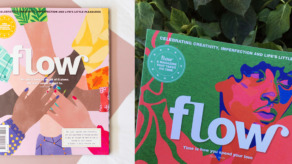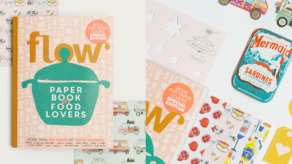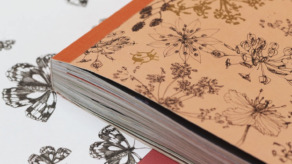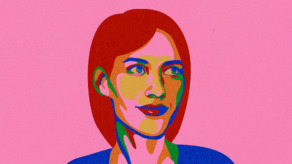The power of color

In Issue 36, neuropsychologist Margriet Sitskoorn tells us about the power and influence of color.
Everything we observe has a direct impact on our brains and thus on our feelings, thoughts and actions. Unfortunately, through television and social media, we are exposed to negative images and information that often have a subconscious negative effect on our mood.
The brain has a strong reaction to emotionally charged words and images, but you can also influence it with simpler stimuli such as shapes and colors. A lot of research has been conducted in this area recently. Although it’s not possible to draw unequivocal conclusions about all of the results, some of the findings are very promising.
The context within which we observe a certain color can even drastically change the influence this has on our emotions. A red stop sign in traffic, for example, and a red cloth during a fight are more likely to indicate danger. Blue and green generally seem to be linked to pleasant emotions and the experience of a natural setting, whereas a mix of all sorts of colors is more likely to be associated with celebration, youthfulness and happiness.
Shapes can also evoke a variety of emotions. The types of emotions depend on the culture you grew up in, but in some cases the response is nearly identical in everyone. Round shapes give us a good feeling, and pointy shapes have the opposite effect. Neuroscientists Moshe Bar and Maital Neta demonstrated that sharp shapes and serrated lines can directly stimulate the amygdala, an area in the brain that is related to all sorts of emotions.
- You can read Margriet’s full column in Issue 36.
Text Margriet Sitskoorn Photography Freestock/Unsplash.com
